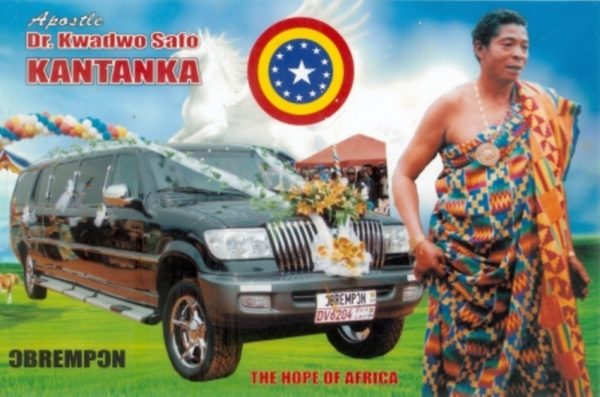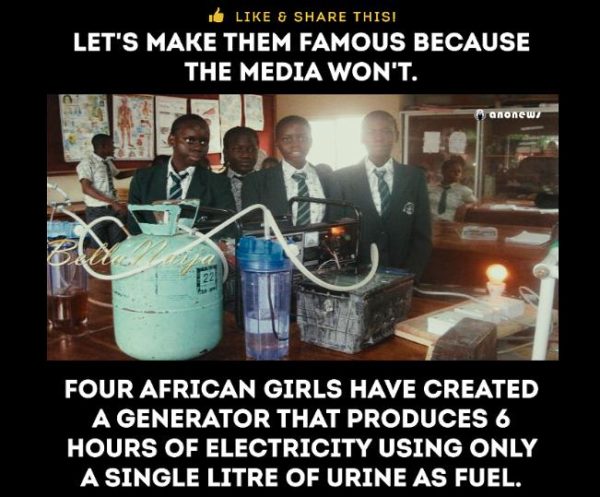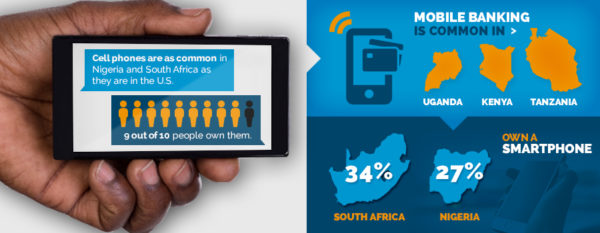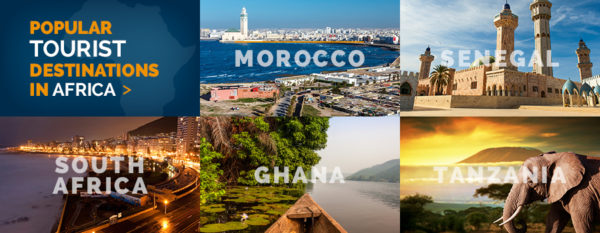
In January this year, we published an article correcting some of the misrepresentations of Africa that the Western Mainstream Media insisted on feeding to its audience. We were able to highlight and set the record straight on some of the misconceptions being spread.
However, we were unable to mention them all. Today, we are continuing from where we ended in that article. If you missed the previous article, you can refer to it here before coming back to read this one.
The media has led many people in the West to believe that Africa lacks innovation. Therefore, it has become a widespread perception that Africa is behind the rest of the world, lacking in innovative technology. Whereas part of this might be true, it is not entirely the case. The truth is, people in some African countries lack access to education and resources, but they make the most of what they have. They are undoubtedly, incredibly resourceful and innovative.
Below are some examples of inventions by Africans:
Thérèse Izay, from the Democratic Republic of the Congo, has invented human-like robots that regulate traffic in the county’s capital, Kinshasa. The robot’s function as a traffic light combines with a crossing guard. In March 2015, there were five robots regulating traffic in the city.
In January this year, a man in Ghana, Kwadwo Safo Kantanka, began the commercial sale of his own manufactured cars. All parts of the cars – including the engine – are manufactured by Mr Kantanka himself, at his base in the Central Region of Ghana. Apart from the cars, he has also invented many electronic gadgets, including television and other communication devices. He is dubbed the “Star of Africa.” His inventions are wonderful, and have proven that Africa is endowed with talent.
Four little girls from Nigeria have also invented an eco-friendly power generator that uses human urine. The girls never received attention in the mainstream media, but their invention has been widely shared on the Internet. However, we will tell you more about these girls in a separate article, as their achievements are worthy of individual note.
The Nigerian Air Force School of Engineers have also created the country’s first unmanned aerial vehicle (drone). It can fly nonstop at 3,000 feet for nearly four hours.
Also, the following are true about Africa. Cell phones are as common in Nigeria and South Africa as they are in the United States – about 9 out of 10 people own one. Mobile banking is common in Tanzania, Uganda and Kenya. Smartphone use is on the rise, with 34% of South Africans and 27% of Nigerians owning one.
Again, it has become a widespread belief in the West that everyone in Africa is poor. This is false. Although it is true that over 218 million people live in extreme poverty in Africa, this doesn’t represent the entire population. There are over 1.1 billion people in Africa.
In fact, when it comes to natural resources, Africa is the richest in the world. In 2013, most global discoveries in the oil and gas sector were made in Africa. Nine-tenths of Africa’s annual production volume of gas is exported from Nigeria, Libya, Algeria and Egypt. In 2011, Africa exported 6.5% of the world’s total minerals. Consider the following African mineral and natural resource exports as an example of the magnitude of the continent’s impact:
Industrial Diamond: Africa accounts for about 46% of the world’s diamonds. Botswana, Tanzania, Democratic Republic of Congo and Sierra Leone are the top exporters.
Bauxite: Bauxite earns Guinea a great deal of foreign exchange, and the country exports around 8% of the world’s total.
Platinum Group Metals: Africa exports most of the world’s platinum group metals, contributing an astounding 75% of the world’s total output. South Africa contributes most of this metal.
Phosphate Rock: Algeria, Egypt, Senegal and South Africa account for most of the world’s phosphate rock exporters.
Gold: Over 21% of the world’s gold comes from Africa. Countries exporting gold include South Africa, Ghana and Tanzania, among many others. There are many other minerals and natural resources found in abundance in Africa, such as copper, coal, uranium, aluminum, iron and steel. These resources are contributing gradually to the rise of the middle class in Africa. In fact, 23 countries in Africa are now classified among middle-income countries.
Africa is considered to be a continent full of diseases. Of course, we cannot deny the fact health facilities in some African countries are of poor standards. However, that isn’t to say the continent is disease-ridden. During the Ebola disease outbreak in West Africa, for example, the media spread mass amounts of misinformation. This led to a false belief that the whole of Africa has been infected with the disease. But the disease was active in only 3 West African countries: Sierra Leone, Liberia and Guinea. Currently, as we speak, the disease has been combated in these countries, and there is no risk visiting any of these areas.
Another false news carried by the media is that it is unsafe to visit Africa. This misconception, again, has led people in the West to avoid Africa. But we can authoritatively tell you that there are few places in Africa which are unsafe for visitors; places like northern Nigeria, where Boko Haram is active; areas controlled by Al Shabab militants in Somalia; and eastern Democratic Republic of the Congo, where anti-government rebels are active – these are the areas in Africa which are unsafe to visit. Apart from these few places, the rest of Africa is safe to visit. In fact, there are many beautiful attractions in Africa: from the Safaris’ and mountains in East and South Africa to the tropical rainforests with many wildlife species, in West Africa, tourists are welcomed. The following places in Africa are popular tourist destinations:
Morocco: There are pristine beaches, opportunities for trekking the magnificent landscape, plenty of history, and festivals to be discovered on a Moroccan adventure.
South Africa: Cape Town and other cities are continually named on must-see travel lists due to their rich culture, wildlife and beautiful landscapes.
Senegal: Popular Senegal attractions include Goree Island, Dakar and Pink Lake. The Casamance Region is also popular for dolphin watching and visiting remote beaches.
Ghana: As a pioneer of the struggle against colonial rule in Africa, Ghana has a rich history. It also has a diverse wildlife population. Its people treat visitors with respect and wonderful hospitality. It is a country worth visiting.
Tanzania: A view of breathtaking Mount Kilimanjaro is enough to attract most people to Tanzania. But if that’s not enough, there’s also the Serengeti, multicultural food and welcoming locals.
We acknowledge that we sourced part of this article from Aperian Global.com.
You want to support Anonymous Independent & Investigative News? Please, follow us on Twitter: Follow @AnonymousNewsHQ
This article (Part Two: Not All is Doom and Gloom in Africa, but just a Misrepresentation of Facts by the Media[Video]) is a free and open source. You have permission to republish this article under a Creative Commons license with attribution to the author and AnonHQ.com.









